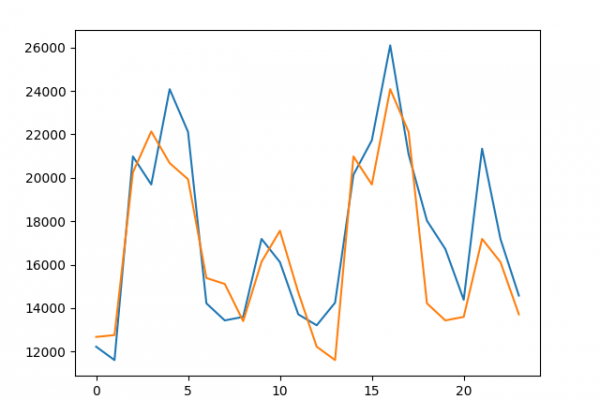Simple Time Series Forecasting Models to Test So That You Don’t Fool Yourself

Last Updated on August 28, 2019
It is important to establish a strong baseline of performance on a time series forecasting problem and to not fool yourself into thinking that sophisticated methods are skillful, when in fact they are not.
This requires that you evaluate a suite of standard naive, or simple, time series forecasting models to get an idea of the worst acceptable performance on the problem for more sophisticated models to beat.
Applying these simple models can also uncover new ideas about more advanced methods that may result in better performance.
In this tutorial, you will discover how to implement and automate three standard baseline time series forecasting methods on a real world dataset.
Specifically, you will learn:
- How to automate the persistence model and test a suite of persisted values.
- How to automate the expanding window model.
- How to automate the rolling window forecast model and test a suite of window sizes.
This is an important topic and highly recommended for any time series forecasting project.
Kick-start your project with my new book Time Series Forecasting With Python, including step-by-step tutorials and the Python source code files for all examples.
Let’s get started.